What is the tolerance range of precision screws?
What is the tolerance range of precision screws?
Service Hotline
+86760-8787 8587We have more than ten years of experience in the production of screw industry, the main products are: fine thread hexagon button, cup head hexagon bolt, hexagon socket machine meter wrench bolt, extended full thread hexagon screw, photo album butt screw, aluminum rod inner wire, epoxy gasket Sheet, GB882, Hexagonal Nut with Washer, Nut with Washer, Nameplate Brand Percussion Solid Rivet, ISB1178 Screw, Round Head Pan Head Screw, Bowl Type Washer, British Standard Nut and Nut, Pull Rivet Big Cap Big Cap Cap Nail Aluminum For fasteners such as countersunk head rivets, due to the different materials and specifications of the products, the prices are also different. Please contact us if you need it.


The hinge is a hinge, which is often composed of two folds. It is a part that connects the two parts of the object and can make it move. The hinge supporting screws are installed on the corresponding objects. For different use environments, the requirements for the supporting screws are also different. different. Most of the existing screws are set to a single-threaded structure. When used to cut into a wooden door, the cutting speed is slow, and the cutting effect is not ideal, which is not conducive to cutting into a hard wooden door, etc., and the commonly used screws are often made of iron materials. It is easy to rust after contact with water vapor, reducing the service life; in addition, when the screw is driven into the wooden door, the chips generated cannot be discharged in time, and stay inside the wooden door and surround the screw, forming expansion stress, thereby squeezing the wooden substrate, which is not conducive to the screw. The connection with the wooden door is stable, which easily affects the normal installation of the hinge, and the use effect is poor. To sum up, in order to solve the shortcomings of the existing screw structure for hinges, Guangdong Yueluo Hardware Industry Co., Ltd. designed a hinge screw with simple structure, convenient use, fast construction and good effect.
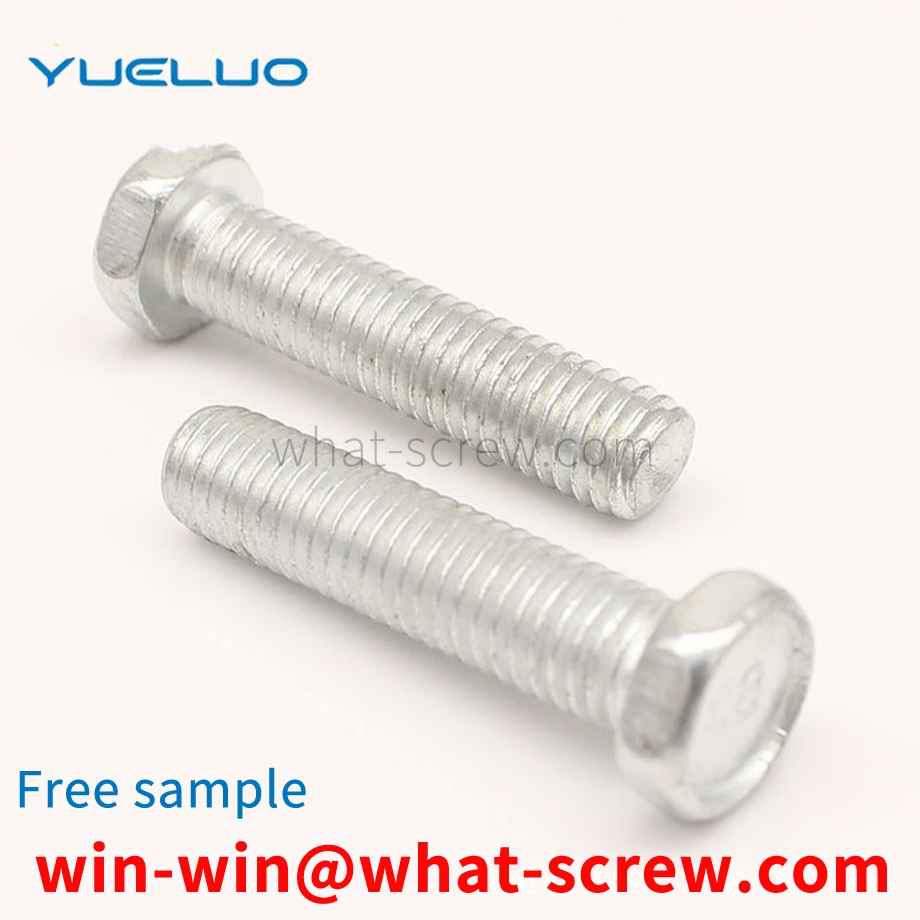
At present, with the continuous growth of the demand for communication products, higher and higher requirements are put forward for the production capacity of equipment manufacturers, and at the same time, the requirements for the cost, weight and reliability of communication products are also more and more stringent. In order to facilitate the positioning of the equipment, pins are often used to complete the equipment, and a certain cost is incurred for its manufacture and assembly. In the past, such parts have been assembled in the form of threads. In order to ensure that the assembly height is within the specified range and to prevent loosening, bar turning is often used to form threads and positioning steps, and thread pinning glue is used in the assembly, and the cost of machining is relatively high. Large, more material waste. Based on the above drawbacks, in order to better solve this problem, some existing manufacturers use the interference fit riveting method, which solves the problem of material waste and anti-loosening, but the inner diameter of the pin hole and the outer diameter of the pin are matched. The machining accuracy of the machine is relatively high. Once the matching size is out of tolerance, a second matching is required, which wastes working hours and increases the slack time.
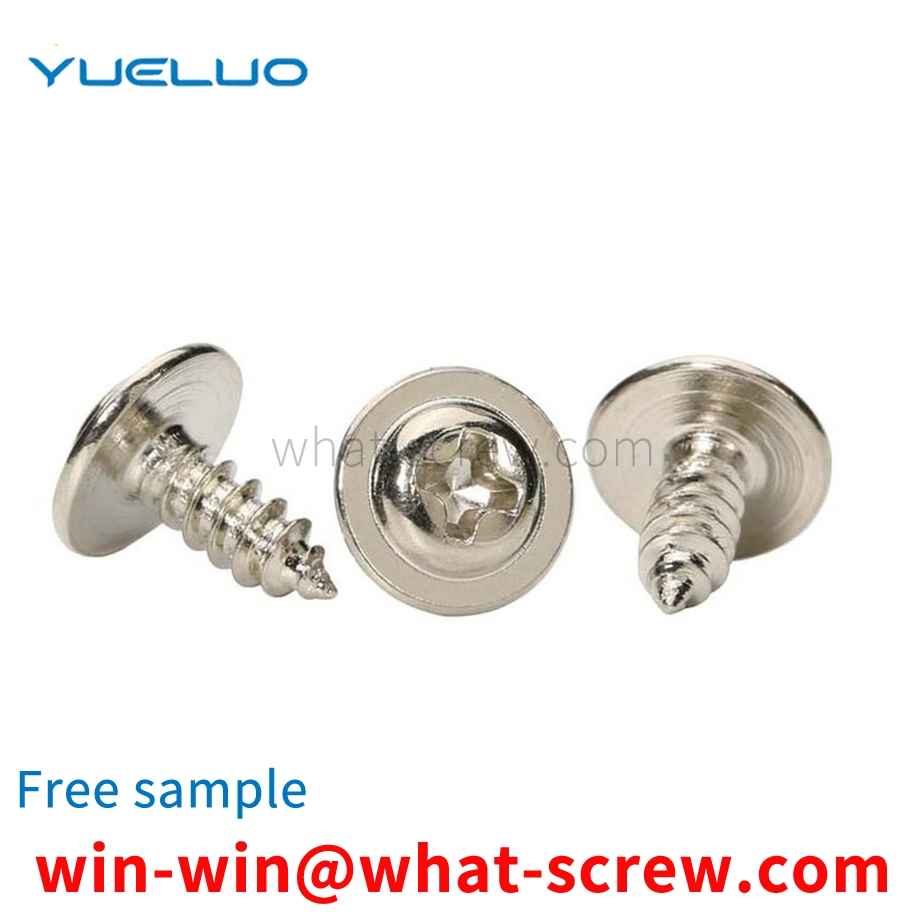
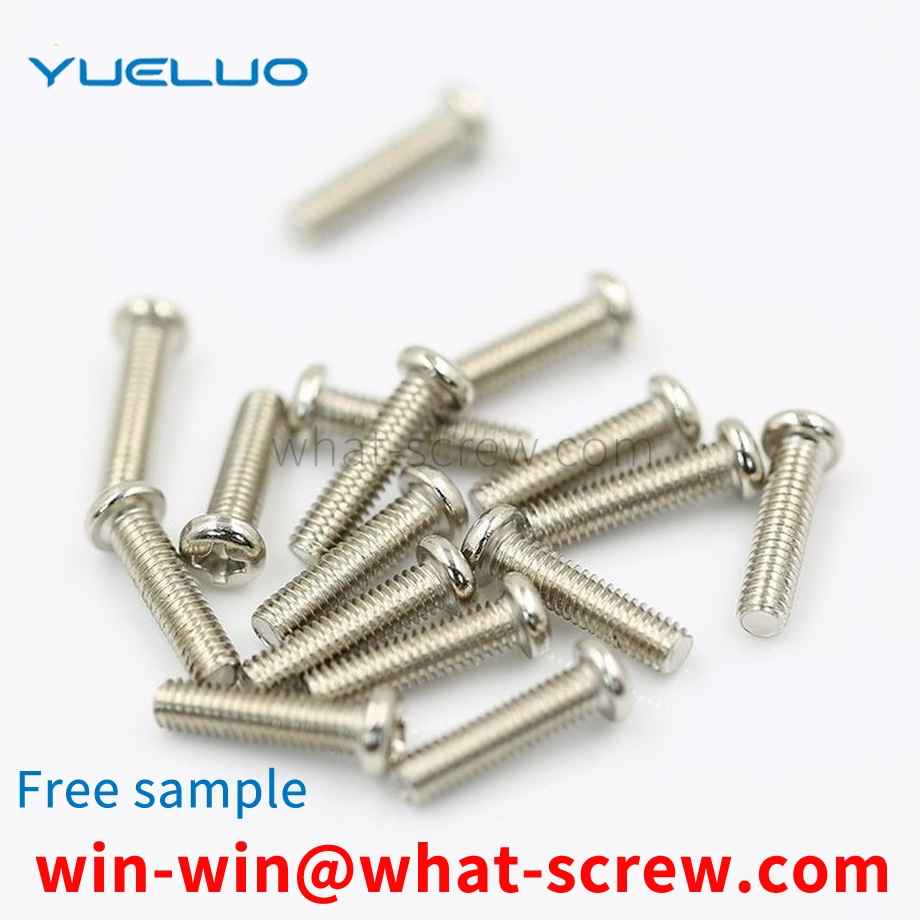
Self-tapping screws, or quick-thread screws, are quick-release fasteners made of steel that are galvanized and passivated on the surface. Self-tapping screws are mostly used for the connection between thin metal plates (steel plates, saw plates, etc.). When connecting, first make a threaded bottom hole for the connected piece, and then screw the self-tapping screw into the threaded bottom hole of the connected piece.
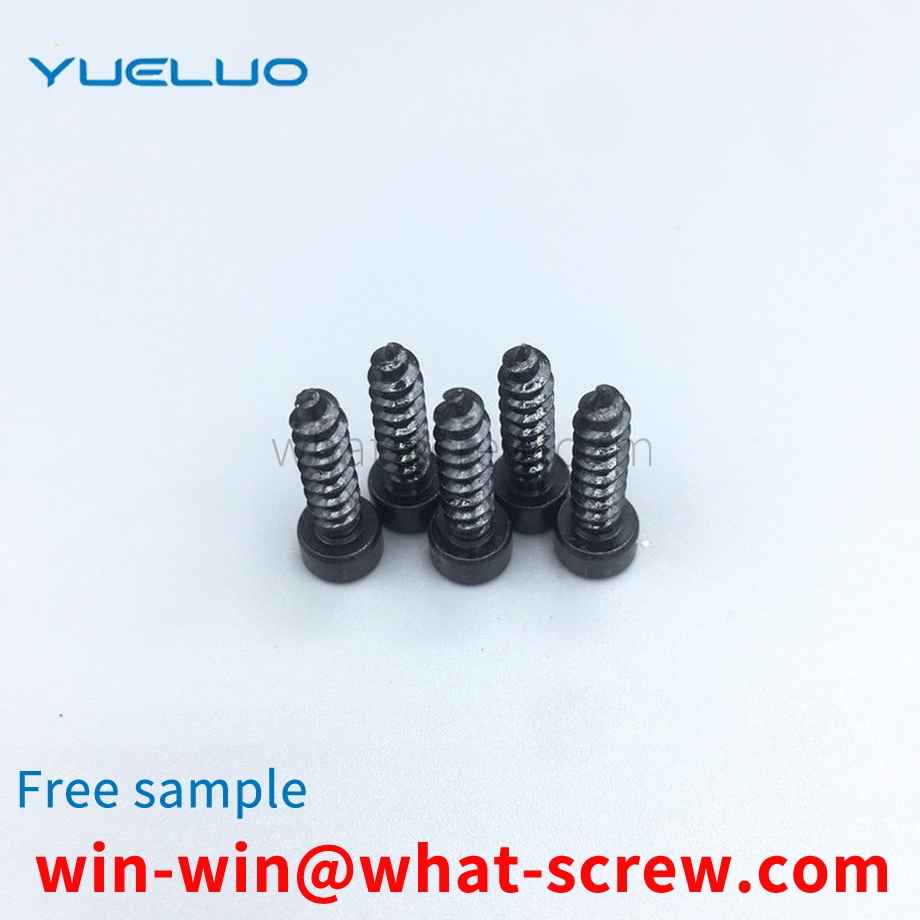
Inch Screws C-1: Thread Code: The denominator is marked as 8, and then the numerator is directly called the number. Ex: 1/8 x 0.50 –PPB: 1 Thread screw x 0.50” long, PPB Ex: 5/16 x 0.50 –PPB = 2.5/8 x 0.50-PPB : 2 ½ inch screw x 0.50” long, PPB Ex: 5/32 x 0.50 –PPB =1.25/8 x 0.50-PPB: 1 ½ ½ inch screw x 0.50” long , PPB Ex: 1/4 x 0.50-PPB= 2/8 x 0.50-PPB: 2-point screw x 0.50” long, PPB Note: Coarse or fine pitch is sometimes indicated. UNF: Fine pitch: more commonly used in the electronics industry UNC: Coarse Thread: More commonly used for heavy machinery construction. Ex: 3/8 x 0.50, UNF –PPB: 3 point fine thread screw x 0.50” long, PPB. C-2: Length Code: In inches, must be multiplied by 25.40 is converted to mm. Measured with a buckle gauge, it is a metric thread when it matches the metric thread, and an inch thread when it matches the inch thread. You can also use a caliper to measure the outer diameter and pitch of the thread. The outer diameter of the metric thread is in millimeters, Such as 6, 8, 10, 12, 18, 20 mm, etc., the pitch is also in millimeters, such as 0.5, 0.75, 1, 1.5, 2, 3, etc. The outer diameter of the imperial thread is in inches, (per inch Equal to 25.4 mm) such as 3/16, 5/8, 1/4, 1/2, etc. Therefore, the reading of the outer diameter with a metric caliper often has irregular decimals. The inch pitch is expressed by how many teeth per inch. Set the caliper at 25.4 mm, align one caliper tip with the thread cusp, and the other caliper tip, if aligned with the thread cusp, is an inch thread, and if the thread cusp is not aligned, it should be a metric thread. The tip is printed on the white chalk. The chalk is clear and easy to measure. To measure the metric pitch, you should measure a length, such as 10, 15, 20, millimeters, etc., count how many teeth are included, and calculate the pitch in inches. The specified thread specification is inch thread, such as: G1. Metric threads are specified in metric units of millimeters. Such as: M30. The imperial system is determined by how many teeth there are in one inch (2.54 cm), generally a 55-degree angle. The metric system is the pitch determined by the distance between the two tooth tips, usually a 60-degree angle anchor screw: tighten the machine, etc. Screws for use on the ground. Also called anchor bolts. The difference between British and American screws is difficult to distinguish visually. The difference between British and American screws is that the rolling angle of British screws is 55 degrees, while the rolling angle of American screws is 60 degrees. These two standard screws are used in most screws. It can be used in general, but 1/2 size screws are not allowed, because the standard thread of inch 1/2 is 1/2-12 teeth, while the American system is 1/2-13 teeth.
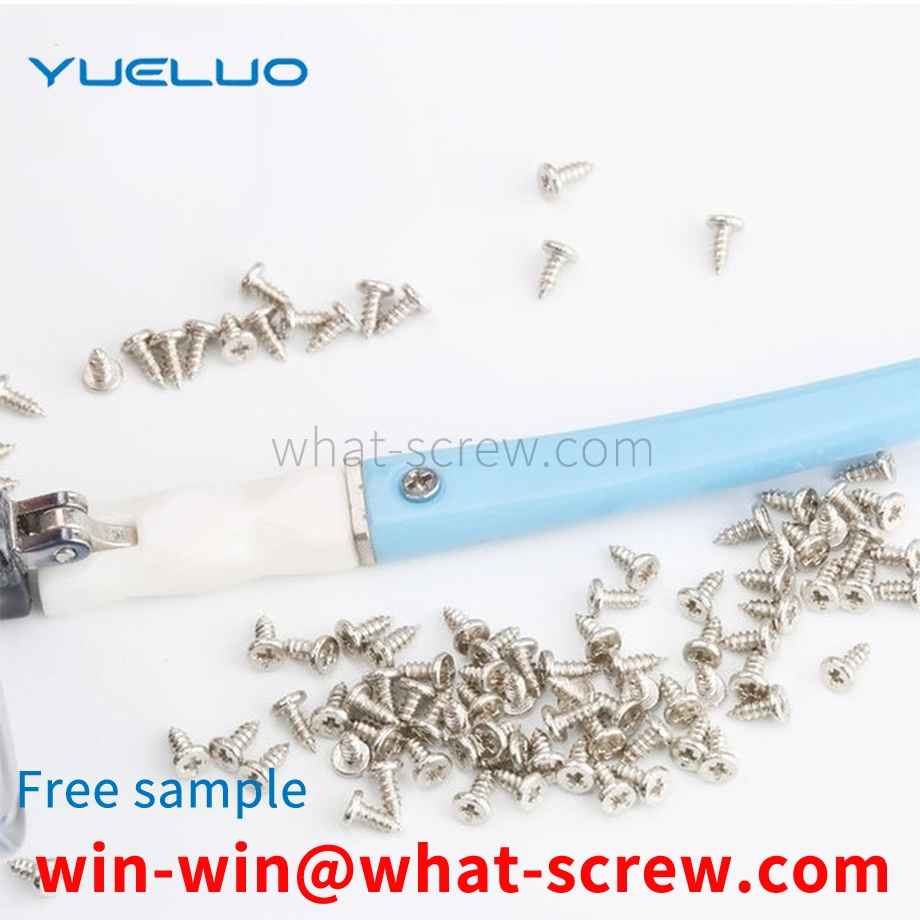
The above content is uploaded by Yueluo or the Internet. If there is any copyright issue, please contact [email protected].

What is the tolerance range of precision screws?

How to choose the right stainless steel screw manufacturer?

Why is there an R angle under the head of the hexagon head s...

We have more than ten years of production experience in the ...

We have more than ten years of experience in the production ...

We have more than ten years of experience in the production ...

We have more than ten years of experience in screw industry ...